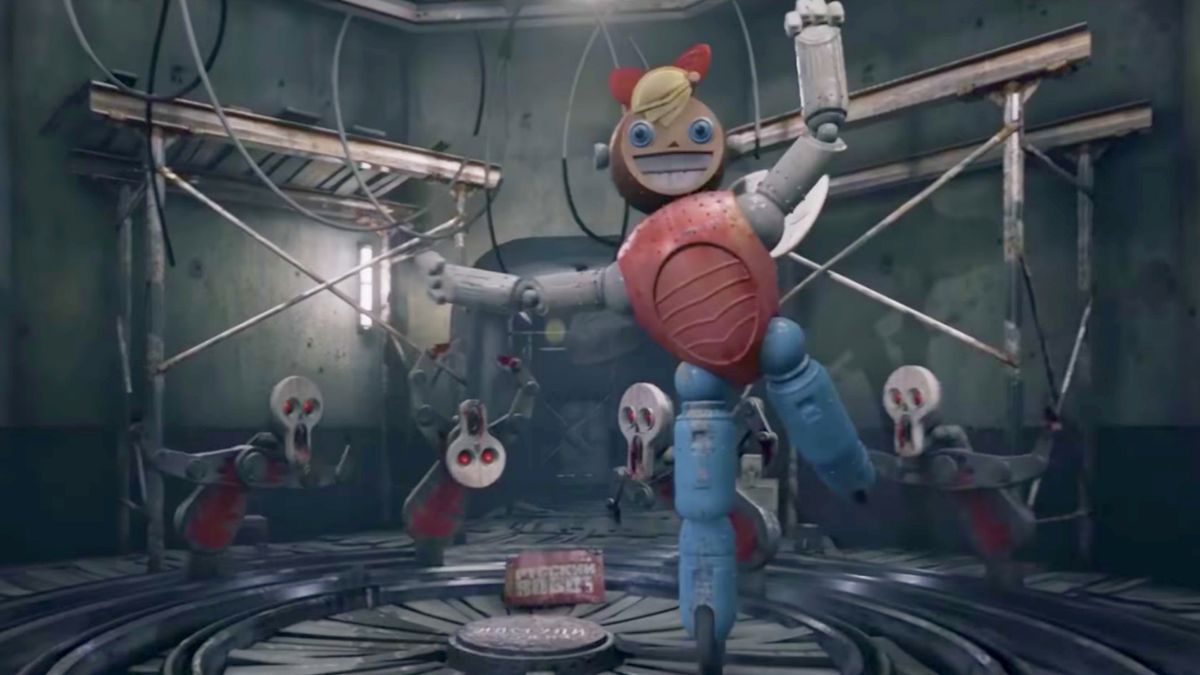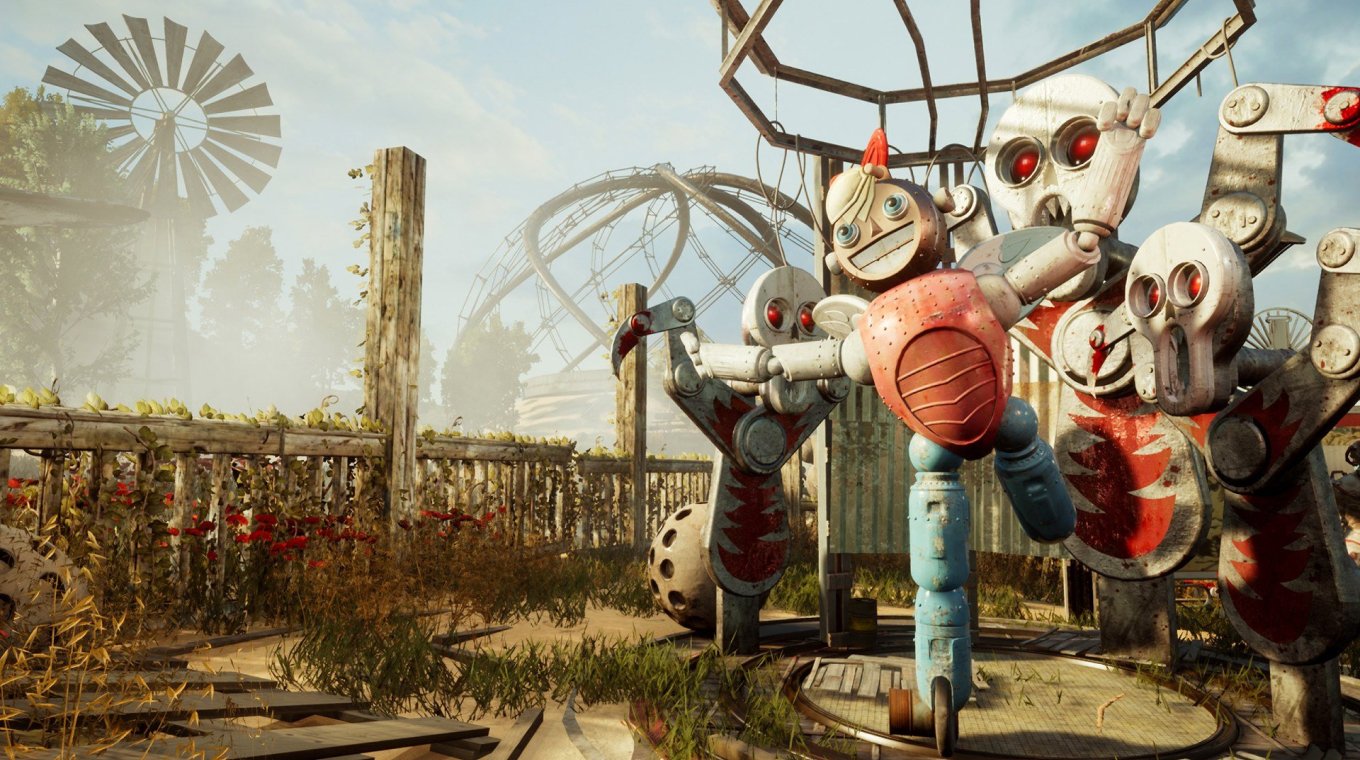
Ultimately, it meant humans could control robots’ actions with a simple thought. This made it possible for humans to directly interface with Polymer, robots, and even Kollektiv 1.0. This was a process by which Sechenov discovered how to integrate Polymer into a human body. In 1950, Sechenov’s next genius breakthrough was with Polymer Assimilative Adaptation. Related: Does Atomic Heart have multiple endings?

Where does P-3 fit into Atomic Heart’s fictional history?


With Sechenov’s help, this universal AI helped increase robotic workforce efficiency exponentially. However, one of the most significant breakthroughs in Facility 3826 history was a networked artificial intelligence for the robotic workforce called Kollektiv 1.0.


 0 kommentar(er)
0 kommentar(er)
